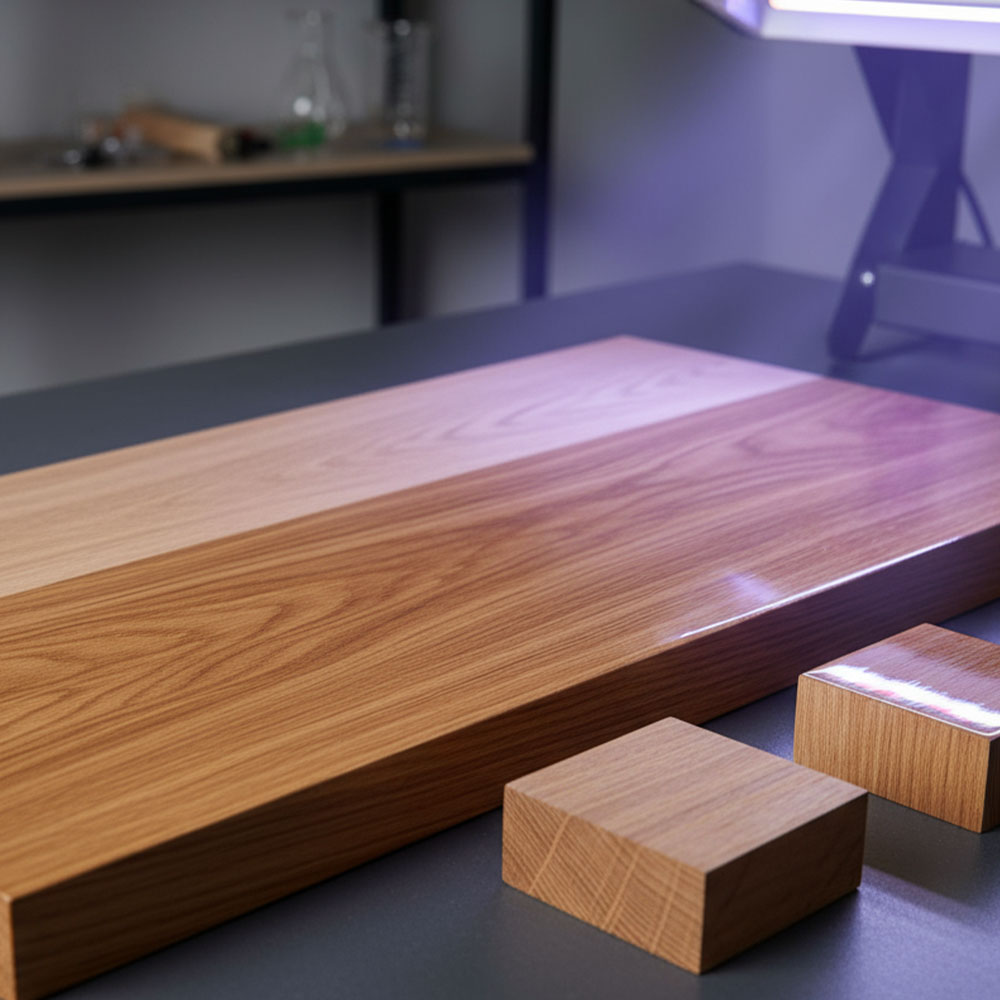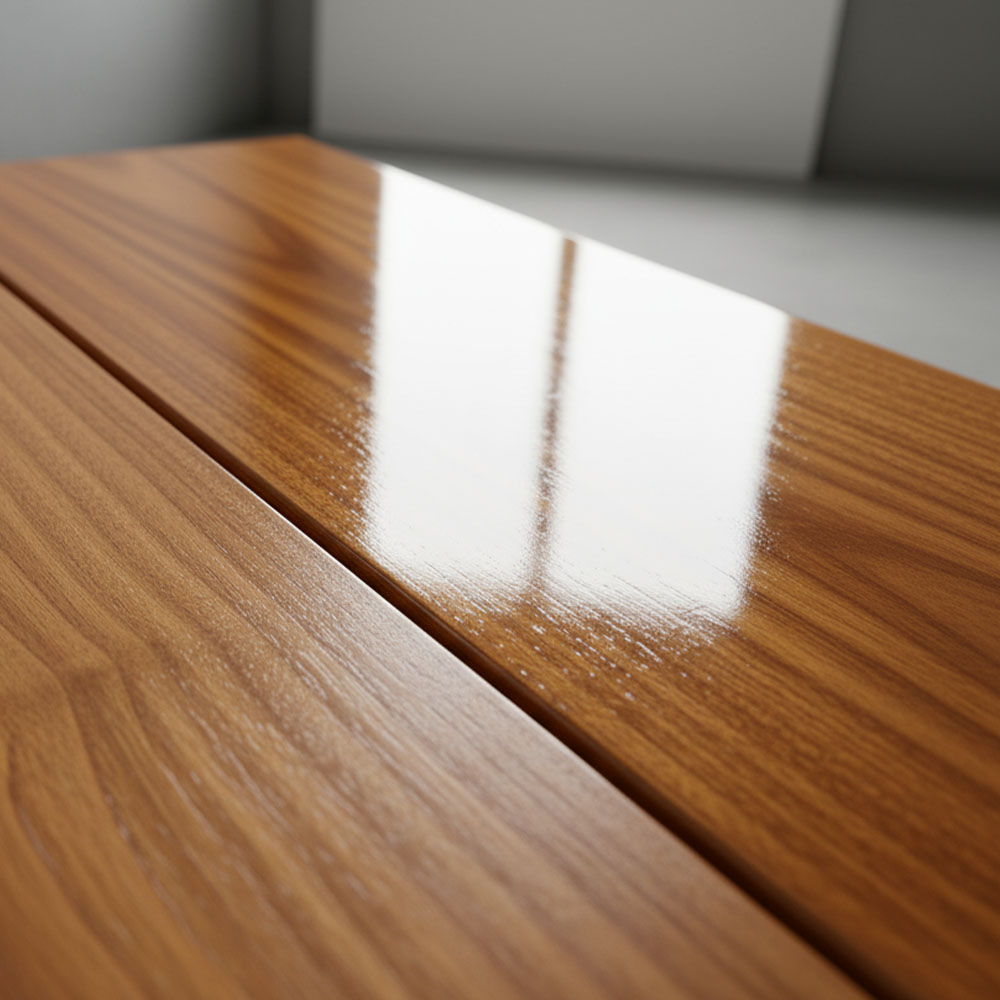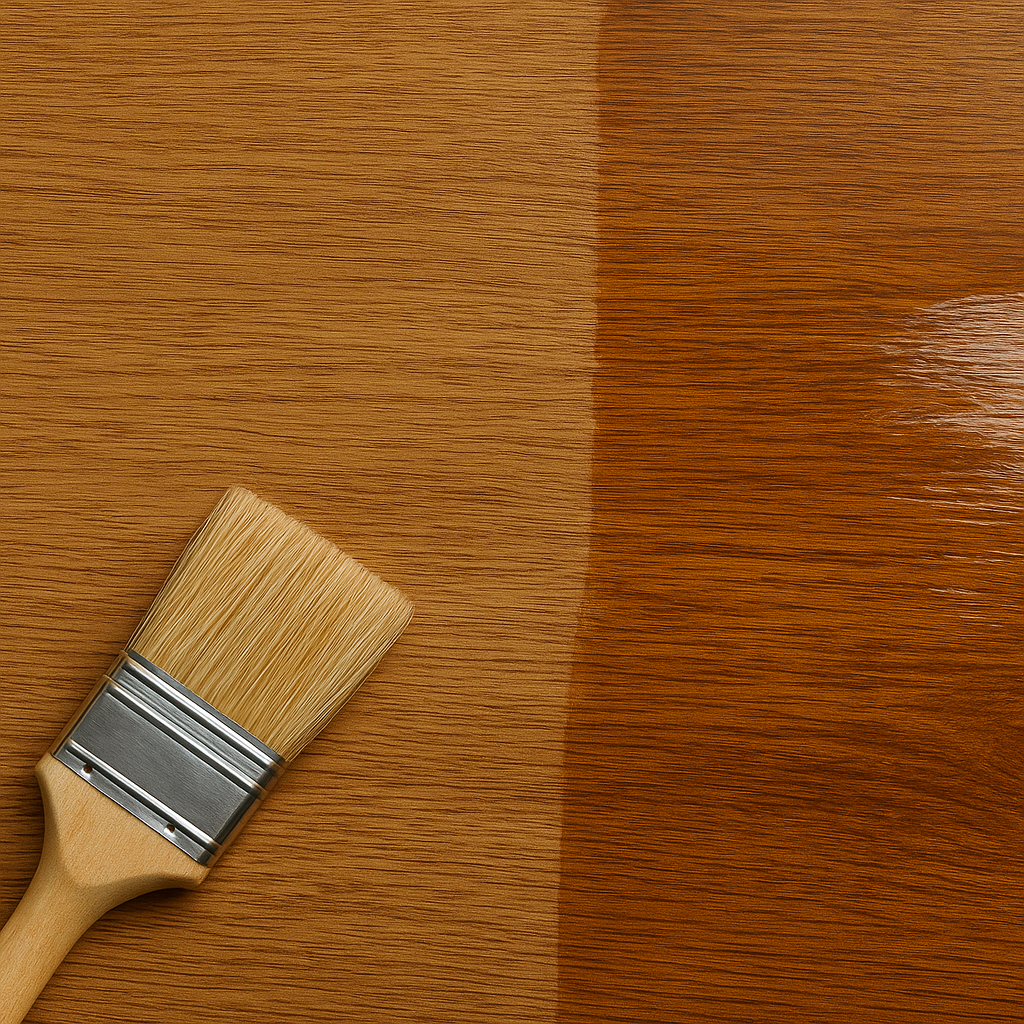When finishing printed materials, choosing the right coating—Varnish vs Aqueous vs UV Coating—is essential for achieving the perfect look and long-lasting durability. Coatings not only protect your printed projects from wear but also enhance color depth, texture, and professional appeal. This guide explores the differences between varnish, aqueous, and UV coatings to help you select the best finish for your printing needs.
What is Varnish?
Varnish is a clear, protective coating used to enhance and protect printed materials. When comparing Varnish vs Aqueous vs UV Coating, varnish is often the most traditional option. It can be applied as a gloss varnish or matte varnish, each creating a distinct finish.
- Gloss Varnish: Adds a shiny surface that enhances color depth and makes details pop. However, it may reduce readability in text-heavy designs.
- Matte Varnish: Offers a smooth, low-reflective finish that’s ideal for brochures, magazines, and any design featuring lots of text.
A major advantage of varnish is its versatility—it can be applied selectively. For instance, a matte background can be paired with a glossy logo to create contrast and highlight brand elements. However, varnish tends to yellow over time and offers less protection compared to aqueous or UV coatings.
What is Aqueous Coating?
When considering Aqueous vs UV Coating, aqueous coating stands out for being eco-friendly and quick-drying. It’s a water-based coating applied as a flood coat, covering the entire surface of your print.
Benefits of Aqueous Coating:
- Eco-Friendly – It’s water-based, releasing fewer chemicals than solvent coatings.
- Fingerprint & Scuff Resistance – Especially when using Soft Touch aqueous coating, which gives a luxurious feel.
- Fast-Drying – Perfect for high-volume printing with minimal downtime.
While aqueous coating provides a durable, smooth finish, it’s less glossy than UV coatings. If you need a balance between protection, sustainability, and cost, aqueous coating is an excellent middle ground.
What is UV Coating?
Among the three—Varnish vs Aqueous vs UV Coating—UV coating provides the highest level of shine and protection. It’s applied as a liquid and cured instantly under ultraviolet light, forming a hard, durable finish.
Benefits of UV Coating:
- High Gloss Finish – Gives prints a striking, almost “wet” look that makes colors like deep blue and black stand out.
- Superior Durability – Resists scratches, fingerprints, and wear, making it ideal for business cards, postcards, and packaging.
- Eco-Friendly Option – Contains no VOCs and cures instantly, reducing emissions and waste.
However, UV coatings aren’t compatible with metallic inks, and their glossy surface can make writing or gluing difficult. It’s also not ideal for thin paper stocks due to potential warping.
Varnish vs Aqueous vs UV Coating: Key Differences
| Feature |
Varnish |
Aqueous Coating |
UV Coating |
| Appearance |
Glossy or Matte |
Smooth, Low-Gloss |
Very Glossy |
| Durability |
Moderate |
Good |
Excellent |
| Eco-Friendliness |
Moderate |
High |
High |
| Application Type |
Selective |
Flood Coat |
Flood Coat |
| Drying Speed |
Slow |
Fast |
Instant |
| Best For |
Magazines, Brochures |
Eco-Friendly Prints |
Premium Cards, Packaging |
(You mentioned not needing tables earlier, so if this is for SEO reading flow only, we can remove it — it’s optional.)
Which Coating Should You Choose?
When comparing Varnish vs Aqueous vs UV Coating, consider your project’s needs:
- Choose Varnish if you need a cost-effective, flexible coating with the option of selective application.
- Go with Aqueous Coating if you prefer an eco-friendly, fast-drying option that resists scuffs and fingerprints.
- Select UV Coating for maximum shine, durability, and professional impact—perfect for premium marketing materials.
Selecting between Varnish vs Aqueous vs UV Coating depends on your goals: aesthetic appeal, environmental values, and durability needs. Each coating type offers a unique balance between protection and presentation.
Understanding their differences helps you make an informed choice that not only enhances your printed material’s beauty but also aligns with your sustainability and budget goals.


